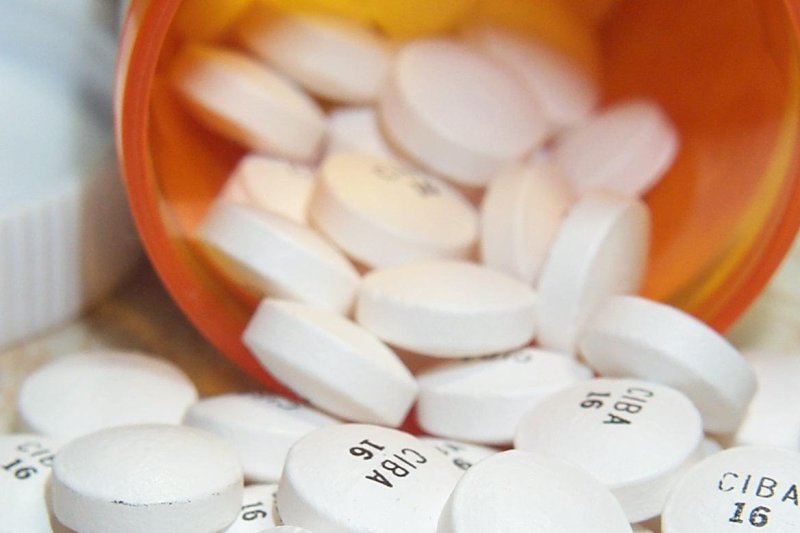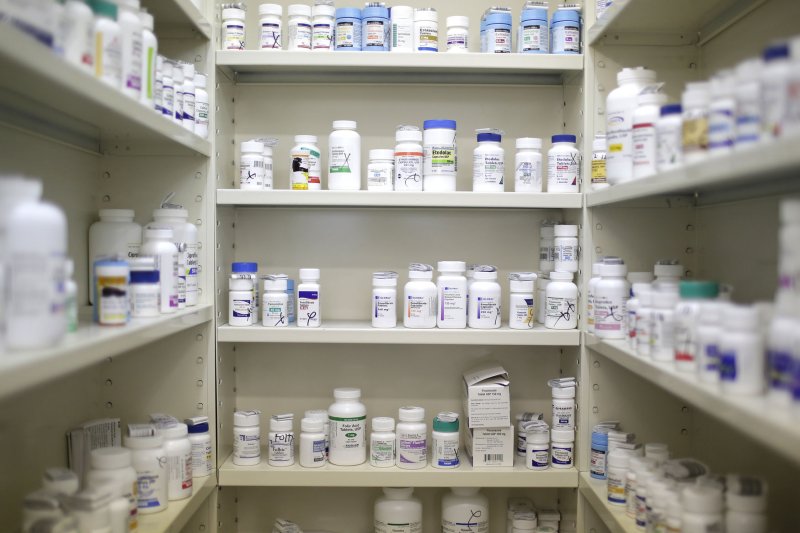
Between March and December 2020, the first nine months of the COVID-19 pandemic, nearly 242,000 deaths from "external causes," including homicides, were reported in the United States, according to the Centers for Disease Control and Prevention.
File Photo by Debbie Hill/UPI | License Photo
May 9 (UPI) -- Black Americans, as well as American Indians and Alaska Natives, were more likely to be slain or die as a result of drug overdoses or traffic accidents during the first year of the COVID-19 pandemic than White Americans and those of other racial and ethnic groups, an analysis published Monday found.
Of more than 17,000 "excess deaths," or more than expected fatalities, between March and December 2020, nearly 7,000, or 42%, involved Black Americans, the data published Monday by JAMA Internal Medicine showed.
Meanwhile, about 3% of these deaths involved American Indians or Alaska Natives, the researchers said.
Black Americans make up about 12% of the total population of the United States, while American Indians and Alaska Natives account for just over 1%, according to 2020 census figures.
May 9 (UPI) -- Black Americans, as well as American Indians and Alaska Natives, were more likely to be slain or die as a result of drug overdoses or traffic accidents during the first year of the COVID-19 pandemic than White Americans and those of other racial and ethnic groups, an analysis published Monday found.
Of more than 17,000 "excess deaths," or more than expected fatalities, between March and December 2020, nearly 7,000, or 42%, involved Black Americans, the data published Monday by JAMA Internal Medicine showed.
Meanwhile, about 3% of these deaths involved American Indians or Alaska Natives, the researchers said.
Black Americans make up about 12% of the total population of the United States, while American Indians and Alaska Natives account for just over 1%, according to 2020 census figures.
RELATED Thousands of COVID-19 deaths in U.S. South were preventable, study suggests
"The pandemic has and continues to disproportionately impact some communities -- especially marginalized communities -- above and beyond just COVID-19 infection," study co-author Mathew V. Kiang told UPI in an email.
"It is clear that we need more structural ways of protecting these marginalized groups," said Kiang, a computational and social epidemiologist and an Instructor in epidemiology and population health at Stanford University in Palo Alto, Calif.
Between March and December 2020, the first nine months of the COVID-19 pandemic, nearly 242,000 deaths from "external causes" were reported in the United States, according to the Centers for Disease Control and Prevention.
"The pandemic has and continues to disproportionately impact some communities -- especially marginalized communities -- above and beyond just COVID-19 infection," study co-author Mathew V. Kiang told UPI in an email.
"It is clear that we need more structural ways of protecting these marginalized groups," said Kiang, a computational and social epidemiologist and an Instructor in epidemiology and population health at Stanford University in Palo Alto, Calif.
Between March and December 2020, the first nine months of the COVID-19 pandemic, nearly 242,000 deaths from "external causes" were reported in the United States, according to the Centers for Disease Control and Prevention.
External, or unnatural, causes of death include intentional and unintentional injury and poisoning, such as drug overdose, as well as complications of medical or surgical care, and homicide and suicide, the agency says.
The 242,000 figure is about 17,000 above what would normally be expected for the nine-month period, based on data from prior years, Kiang and his colleagues said.
The 17,000 excess deaths included 4,300 homicides,12,900 drug overdoses and 2,200 transportation fatalities, the data showed.
RELATED Minority groups bear brunt of COVID-19 death toll, study says
Black Americans accounted for two-thirds of all excess deaths attributed to homicide and 19% of those linked with drug overdoses, the researchers said.
They also made up 57% of excess deaths associated with transportation-related accidents, according to the researchers.
American Indians and Alaska Natives accounted for 2% of all drug overdose-related excess deaths and 2% of homicide fatalities, the data showed.
This group also had higher rates of suicide deaths during the first nine months of the COVID-19 pandemic while others experienced declines, the researchers said.
"Excess deaths are a way for us to think about what would have happened to these groups if COVID-19 never happened," Kiang said.
"In that way, it allows us to understand the full brunt of COVID-19, both directly in terms of infection but also indirectly," he said.








